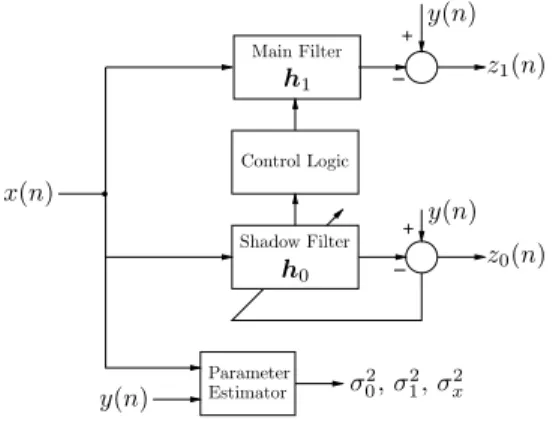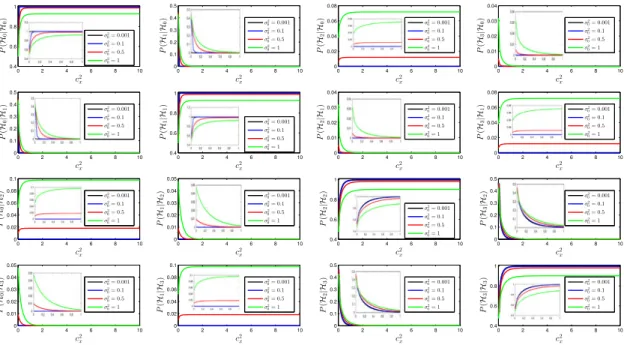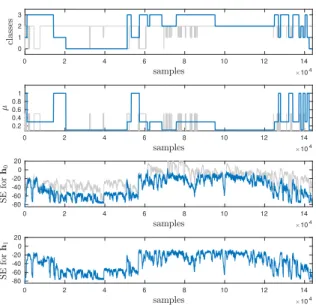A new decision-theory-based framework for echo canceler control
Texte intégral
Figure




Documents relatifs
ER-MCDA (Evidential Reasoning – Multicriteria Decision Analysis) [15,16,17] is a methodology that combines the Analytic Hierarchy Process (AHP)[9], a multi-criteria decision
We propose a multi-agent reinforcement learning (MARL) approach that, in contrast to previous work, can adapt to profound changes in the scenario parameters defining the data
L’archive ouverte pluridisciplinaire HAL, est destinée au dépôt et à la diffusion de documents scientifiques de niveau recherche, publiés ou non,. To cite
There are many extensions to this preliminary work: the faster and more complicated chaotic delayed transmitter in order to be closer to the secure transmission of real data,
The Karhunen-Loève Transform (KLT) is optimal for transform coding of Gaussian sources, however it is no more optimal, in general, for non Gaussian sources. Furthermore, under the
Some methods based on instrumental variable techniques are studied and compared to a least squares bias compensation scheme with the help of Monte Carlo simulations.. Keywords:
Our procedure required two training sets: a set A containing face images that is used for the negative examples during the one-shot learning, and a second set B of matching
The second row in Figure 5 shows the same diagnostics applied to the predictive distribution 562. rather than the estimated

